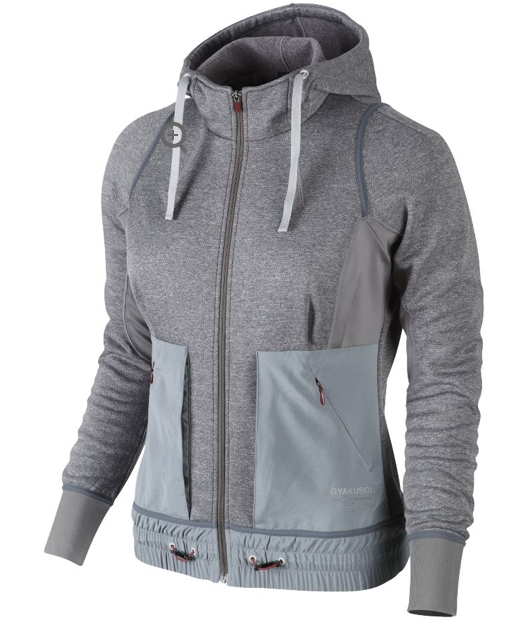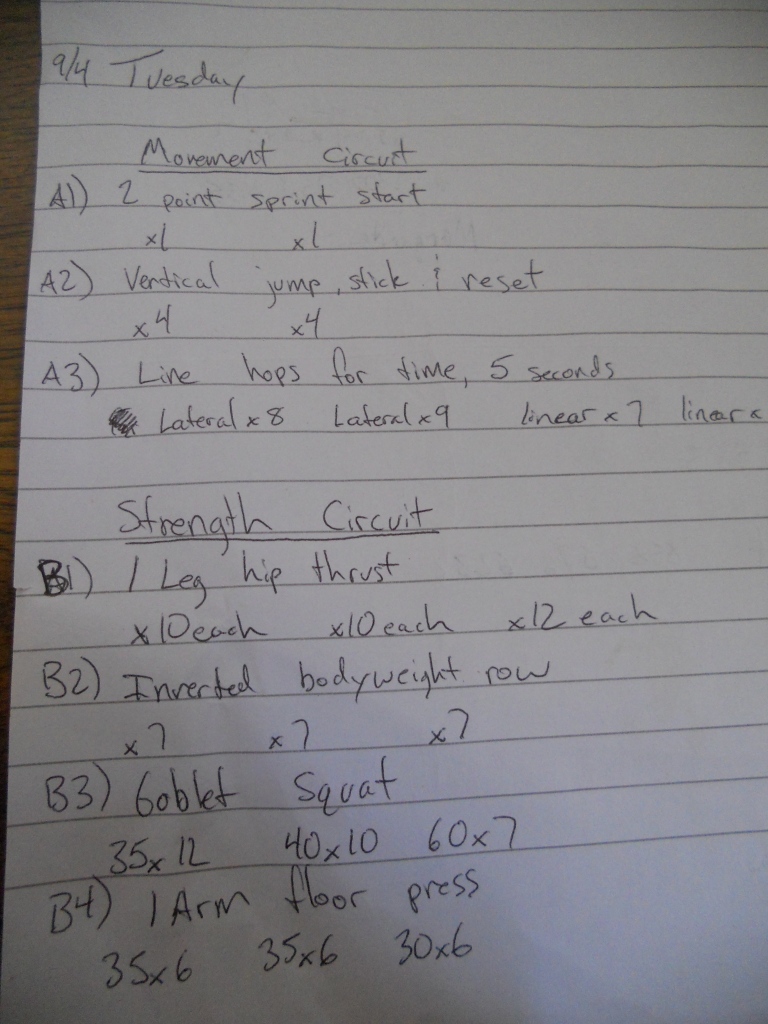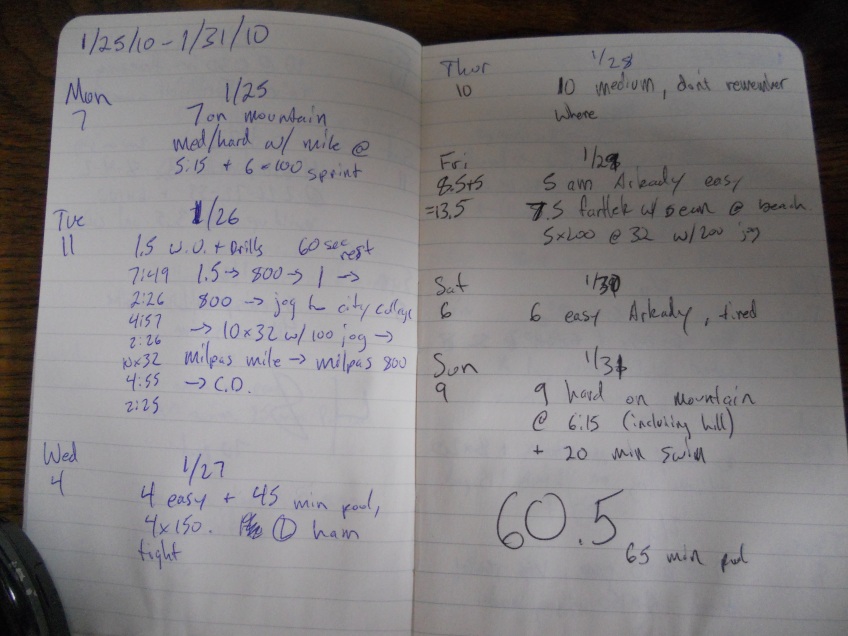 By Prevail Strength Coach Jacob Goodin
By Prevail Strength Coach Jacob GoodinWhether you train to run faster, to lift more, or just to look and feel better, the tips in this series will help you along your way. More installments to follow.
Don't Train Through Pain
Runners tend to be a fairly obsessive group (I know that firsthand) and can't stand to miss a day of training. But if that achilles is flaring up again, doesn't it make sense to take a day or two in the pool while performing soft-tissue work on the posterior-chain muscles? Unfortunately most runners will choose to run through the injury until pain and inflammation force them to take a week or more off of training. I would take 2 days over 2 weeks in a heartbeat.
Find an Alternative
The same rule from #1 applies to those of us who lift to stay in shape. If a particular lift is beating up on your joints, then find a new one! Do conventional deadlifts put stress on your low back despite impeccable form? Then try sumo position. Do front squats hurt your elbows? Then try goblet squats. Strength coach Ben Bruno consistently comes up with great exercise variations that take some stress off of the joints while still challenging the appropriate muscle groups in a coordinated and effective way.
Pull More Then You Push
 What do 90% of guys do upon walking into a weight room? They bench. Then, they dumbbell bench. Then some abs, maybe some incline bench, and as a finisher they rep out on push-ups. All of this pushing leads to tight pecs, internally rotated humeri, cranky shoulders 1-10 years down the road and a hunch-back before 60. Remedy this by pulling more than you push. Plan for a 3:2 or even 2:1 pull to push ratio in your training program to balance things out and improve your shoulder health, posture, and upper back strength. For example, if you plan to do 6 sets of bench, then do 9 sets of various pulling exercises as assistance work for a 3:2 ratio (that can be 9 sets of the same lift, or 3 sets of 3 different lift, etc). I did thousands and thousands of push-ups in high school and college while neglecting my back altogether. Silly, I know, but I was just a runner who didn't know any better. Once I starting training seriously (and intelligently) I nixed pushing altogether for 5 months and instead focused on shoulder position while pulling. The result was no more shoulder pain, stronger upper-body lifts all-around, and a somewhat respectable upper back.
What do 90% of guys do upon walking into a weight room? They bench. Then, they dumbbell bench. Then some abs, maybe some incline bench, and as a finisher they rep out on push-ups. All of this pushing leads to tight pecs, internally rotated humeri, cranky shoulders 1-10 years down the road and a hunch-back before 60. Remedy this by pulling more than you push. Plan for a 3:2 or even 2:1 pull to push ratio in your training program to balance things out and improve your shoulder health, posture, and upper back strength. For example, if you plan to do 6 sets of bench, then do 9 sets of various pulling exercises as assistance work for a 3:2 ratio (that can be 9 sets of the same lift, or 3 sets of 3 different lift, etc). I did thousands and thousands of push-ups in high school and college while neglecting my back altogether. Silly, I know, but I was just a runner who didn't know any better. Once I starting training seriously (and intelligently) I nixed pushing altogether for 5 months and instead focused on shoulder position while pulling. The result was no more shoulder pain, stronger upper-body lifts all-around, and a somewhat respectable upper back. Save Your Money
Spend money on proper nutrition, functioning equipment, and a good coach, not the latest fashions from Lululemon or Nike. Do you already own a sweatshirt? Then don't spend $250 on a designer hoodie from Nike. Do you own an old t-shirt? Then don't spend $64 on a yoga-inspired t-shirt from Lululemon. Instead put that money to good use and purchase some fish oil, a kettlebell, or a functional movement screen from the trained coaches at Prevail. Do you waste money on yoga pants because you think they make your butt look better? Do some hip thrusts or make a t-handle instead, as thrusts and swings actually give your glutes a firmer, stronger appearance.
 |
| $64! |
 |
| $250! |
Record Your Workouts
Don't expect to make consistent progress as a runner or lifter if you are not logging your workouts. What happens when you run the best race of your life and can't replicate it because you don't remember your training for the last 6 months? How do you know which assistance exercises contributed to your squat PR? You simply can't know unless you have logged each workout in a journal or notebook. Here is a sample from the Westmont weight training class I teach:

and one from my college running log:

I recorded these workouts almost 3 years ago, but looking back I can see exactly what I did each day in the greater context of the week and the month. I even vividly remember the Tuesday workout because our coach made us run an extra half mile interval at the end because we didn't hit one of the times. At some point you will get injured, hit a plateau, or have a sudden improvement, and you will want to look back at your training to determine what caused your positive/negative outcome. Write it down!
That wraps it up for now. Tune in next time for more tips on how to perform better in running, lifting, and life in general.
This post originally published on Jacob's blog at coachgoodin.com

No comments:
Post a Comment